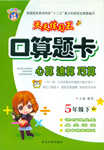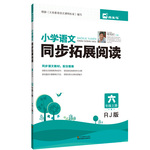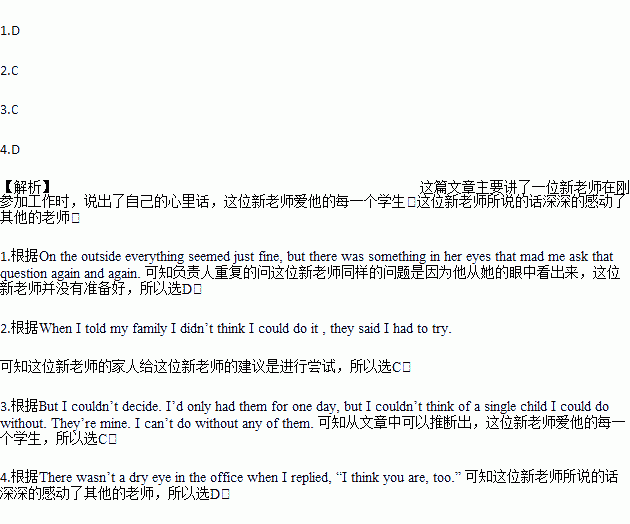题目内容
The teachers are preparing their classrooms for the start of classes. As their principal, I was energized by their enthusiasm. Everywhere I went, I asked the same question, “How are you doing?” And everywhere I went, I received the same answer, “just fine.”
There was only one person whom I didn’t quite believe. It was her first year of teaching. Her classroom was inviting. She seemed well-prepared. On the outside everything seemed just fine, but there was something in her eyes that mad me ask that question again and again.
Then came Wednesday. “How are you doing?” I asked. “Mr. Boyce, I think I’m going to make it,” she said. The office was full of teachers and noise, but the voices became quiet as the young teacher continued.
“Monday night, after our open house (开放参观日),I just didn’t think I could do it. There were so many parents and children, and I felt under great pressure. When I told my family I didn’t think I could do it , they said I had to try.
“The next morning school started. I thought I was ready, but there were so many of them and their needs were so different. I just didn’t know how I could manage.
“I said to my parents if I had fewer kids I could handle it. So they asked me which children I would get rid of. But I couldn’t decide. I’d only had them for one day, but I couldn’t think of a single child I could do without. They’re mine. I can’t do without any of them. I don’t know how, but I’m just going to do the best I can and I really think I’m going to make it. “
There wasn’t a dry eye in the office when I replied, “I think you are, too.”
1.Why did the principal ask the new teacher the same question repeatedly?
A. She used to lie to others.
B. He just wanted to show his authority.
C. she was not as enthusiastic as other teachers.
D. He could tell from her eyes that she wasn’t well-prepared.
2.What was her family’s advice for the new teacher?
A. To give up B. To have her own kids.
C. To make an attempt D. To kick out the naughty kids.
3.It can be inferred that the new teacher____.
A. was not good at teaching.
B. liked her job to be a challenge
C. loved each of her students
D. didn’t have much confidence in herself.
4.What was other teachers’ response to the new teacher’s words?
A. Doubtful B. Absent-minded.
C. Tired and sleepy D. Deeply affected.
 口算心算速算应用题系列答案
口算心算速算应用题系列答案 同步拓展阅读系列答案
同步拓展阅读系列答案If you can find a tree which has been cut down,you will see many rings,or circles,on the base of the trunk.By learning to read these rings,you can find out about the tree's life.
The number of rings tells you how old the tree is.Each year,new wood is formed on the outside of the tree.This new wood is light in color when the tree is growing in spring and summer,and dark in winter when the tree is not growing much.So,if you count the rings of dark?or?light colored wood,you can often find out how old the tree is.
You can also tell which years have been good years and which years have been bad years.When the light?colored rings are very wide,it means that the tree has been growing quickly that year.If the rings are narrow,it has been growing slowly.If the rings on a tree trunk were greatly magnified,you would be able to see why the rings are light?colored when the tree is growing quickly and dark?colored when the tree is growing slowly.The tree trunk is made up of microscopic tubes,like some pipes,carrying water from the soil,through the trunk,and up to the leaves.They are wide and thin?walled when the tree is growing quickly and they are carrying a lot of water.They are narrow and stuck together when the tree is not growing so quickly.
When a tree is old,the tubes in the centre of the tree don't carry water.The walls of the tubes have become thick with materials which have stuck along them over the years,forming a kind of wood called“heartwood”.This kind of wood is darker in color than the young,growing wood on the outside of the tree.
You don't very often see whole tree trunks which have been cut across.But once you learn to read a cross section of the wood,you can see much more in wood which has been used to make boxes,houses and other things.
In most wood,instead of seeing the trunk cut across,you are seeing it cut along its length.Because you don't see the whole tree,you can't tell how old it is.
Title:1.of a Tree
General information | Old trees | ||
Items | Facts | Items | Facts |
Where can rings be seen | On the 2.of a trunk | The tubes in the centre of the tree | Don't carry water |
The3.of rings | Helps us know about its age | The walls of the tubes | Become 4.; Form 5. |
6.light?colored rings | Show the tree grows quickly | ||
Narrow7. rings | Mean the tree grows slowly | ||
Microscopic tubes | Function | Carry8. | |
Features | Wide and 9.when growing quickly | ||
Narrow and stuck together when growing 10. | |||


 appy to be playing in the backyard with my toys.
appy to be playing in the backyard with my toys. now what I mean.
now what I mean.